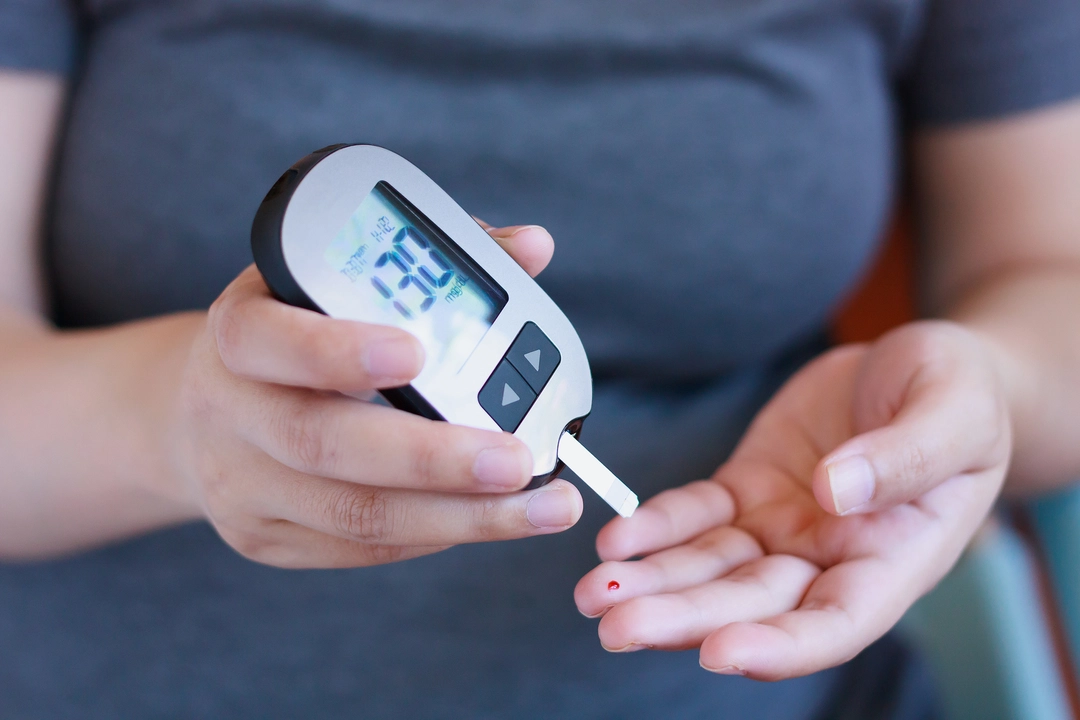If you live with diabetes, the biggest daily challenge is keeping your glucose numbers where they belong. It doesn’t have to be a mystery—just a few habits can make a huge difference.
High sugar spikes damage nerves, eyes, and kidneys over time. Even short‑term swings can leave you feeling tired, shaky, or foggy. By keeping levels steady you reduce the risk of complications and improve energy for everything from work to hobbies.
Think of your body like a car: fuel that’s too high or too low makes the engine run rough. Your pancreas (or medication) is the regulator, but your choices decide how hard it has to work.
1. Track what you eat. Write down meals or use a phone app. Seeing carbs and portion sizes helps you avoid surprise spikes.
2. Choose fiber‑rich carbs. Whole grains, beans, and veggies release sugar slowly, so your blood level rises gradually instead of crashing.
3. Stay active. A brisk 20‑minute walk after meals lowers post‑meal glucose by up to 30%. If you can’t exercise outdoors, try a short video routine at home.
4. Hydrate with water. Sugary drinks add hidden carbs and push numbers up. Water keeps you full and supports kidney function.
5. Set reminders for meds. Whether it’s insulin or a pill, timing matters. A phone alarm can prevent missed doses that cause highs later in the day.
6. Check your numbers regularly. Spotting trends lets you adjust food or activity before a problem gets serious. Aim for consistent testing at the same times each day.
These steps are simple, but they add up fast. You don’t need to overhaul your life; just pick two changes and stick with them for a week. If they feel right, add another.
Remember, every diabetic patient’s needs differ. Talk with your doctor about target ranges, medication tweaks, and any new symptoms. Personalized advice plus the habits above gives you the best shot at staying healthy.
Ready to try one change today? Grab a notebook, jot down tomorrow’s breakfast carbs, and set a 15‑minute walk after lunch. Small moves now can keep complications away later.
